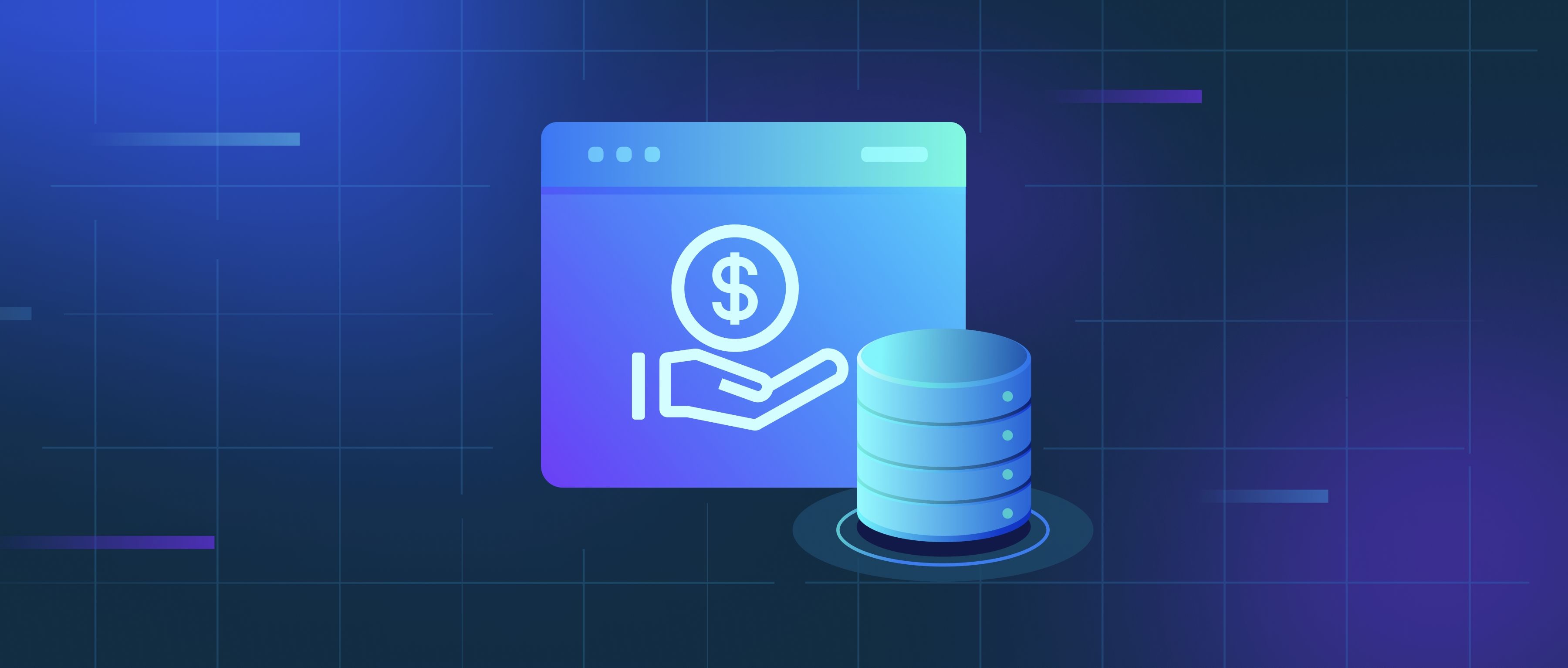Reinforcement Learning (RL) applies to autonomous vehicles by enabling these systems to learn optimal driving behaviors through experience and interaction with their environment. In simple terms, RL involves an agent, which in this case is the vehicle, that learns to make decisions by receiving feedback from the environment in the form of rewards or penalties. For instance, if the vehicle successfully navigates a turn without incident, it receives a positive reward, while an unsuccessful maneuver might result in a negative reward. This feedback loop allows the vehicle to adjust its actions over time to improve its performance in various driving scenarios.
One common application of RL in autonomous vehicles is in decision-making at intersections. In these situations, vehicles must decide whether to stop, go, or yield based on traffic signals, the presence of other vehicles, and pedestrian movements. By using RL algorithms, the vehicle can simulate many scenarios and learn the best course of action based on the observed outcomes. For example, if a vehicle learns that yielding to pedestrians consistently reduces the likelihood of accidents, it will adjust its future decisions accordingly. This capability enables the vehicle to handle complex situations more safely and efficiently than traditional rule-based systems.
Moreover, RL can enhance route optimization and energy management in autonomous vehicles. By learning from past experiences about traffic patterns, road conditions, and even driver preferences, the vehicle can determine the most efficient routes to take. For instance, it might learn to avoid certain roads that frequently experience heavy traffic or roadwork delays. Additionally, RL can help manage energy consumption by balancing speed and acceleration to maximize fuel efficiency or battery life, which is particularly useful for electric vehicles. Overall, RL equips autonomous vehicles with the adaptability needed to operate safely and effectively in diverse driving conditions.
